Leading a more sustainable life – A response to one of our most asked questions
10-24-2018
Category: General
We are often asked by people ‘what is the best thing I can do to lower my carbon footprint?’ or something along these lines. This blog aims to answer this without an overload of information. Given the immense amount and variety of issues which are intricately interconnected into the theme of SUSTAINABILITY this is not an easy task. So, the focus of this blog is to present a response to the 'what can I do?' without going into the issue in any great depth - you can follow the links for more info. Perhaps a follow up to this blog can discuss in more detail the very important question of WHY this effort is critically needed.
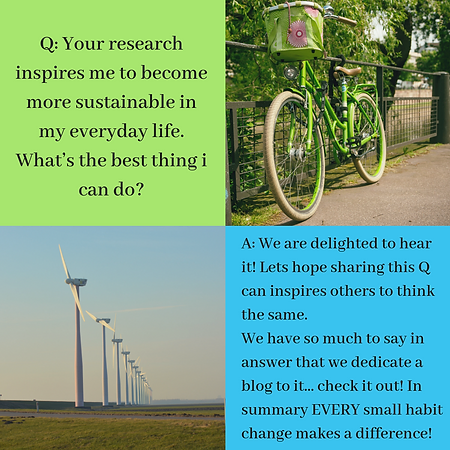
In all honesty, there is not one right answer to this question – there are so many small changes you can make all of which add up to making a difference. And the ‘best’ way is different for every person. This is because it has to be something that YOU can do, and stick to…making many small changes to your daily habits is often the most effective way to do this.
To paint the picture...
July 2016, at the South Pole Observatory, Antarctica, atmospheric CO2 levels passed the 400ppm mark. This was the last station on Earth to reach this threshold, which had been passed elsewhere since 2012. And they have pretty much consistently stayed above 400ppm since then - yesterday (23rd October 2018 ) atmospheric CO2 levels were at 406.80ppm. To put this in perspective, the last time atmospheric CO2 exceeded 400ppm was ~4 million years ago. Our early ancestors had not evolved at this point, our Genus (Homo) has only been on Earth for ~2.8 million years, with Homo Sapiens only appearing for the first time ~200,000 years ago.
On the 1st August this year we hit Earth Overshoot day, over a week earlier than it occurred in 2016. Earlier this month the IPCC released a special report on the impacts of a global warming of 1.5°C and it doesn't make for pretty reading. These are just a few examples of indicators that suggest we are headed in a very worrying direction. But there are countless others; sea level rise, desertification, loss of agricultural land, mass extinction, coral bleaching, deforestation, depleted water resources, extreme weather events becoming the norm, pollution... the list goes on. And yet they all show the same trends. We are changing the planet, and the way it works immensely, and we are doing so at an alarming rate. These changes are happening at almost every level and affecting every part of the planet. Human life on this planet is heavily reliant on the Earth's resources, and they are in finite supply. Yet as a species, we appear to be behaving as if Earth's resources are infinite, and doing so we are pushing beyond the boundaries for our species' survival on Earth. Yep, you read that right. This issue is not about saving the planet, it is about keeping the planet habitable for human survival.
This is just a snapshot of the current state of the Earth, and how it is changing. And it is why taking action in whatever way you can is so important.

That said, it is not all doom, and gloom. There IS still hope that we can keep our home planet a comfortable place to live. But that hope only exists if collectively we take action. Starting now (well actually a few decades ago would have been good... but better late than never!)
What can YOU do? As was said, making many small changes to your daily habits is the first step. Let's start this by looking at some examples of how MAGIC-DML team members have changed their habits towards a more sustainable life:
“Apart from recycling, I usually try to reduce my use of plastic as much as possible by doing things such as reusing bottles and bags (when you cannot avoid them), avoiding single-use plastic like cutlery and straws. I’ve also been trying to eat less and less bovine meat (since it has a high water demand).” – Martim
“I drink a lot of coffee, but use reusable cups instead of paper cups” – Irina
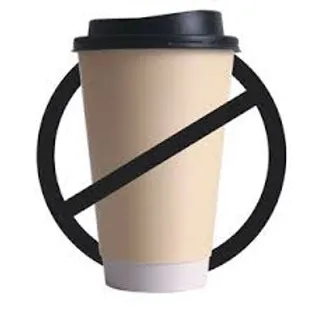
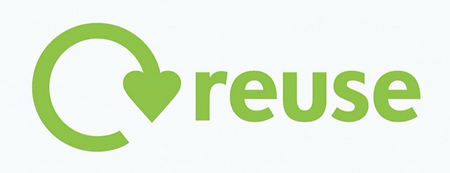
“I recently switched to being a vegetarian to reduce my carbon footprint. I also make sure to avoid plastic use where I can, such as bringing my own coffee cup instead of getting a take-away cup, and then recycling when avoiding isn't possible” - Sarah
“I always travel with public transport to work. Also by recycling all of paper, plastics, metal, food, and composting our greens to fertilise the garden. There is not much waste left.” - Arjen
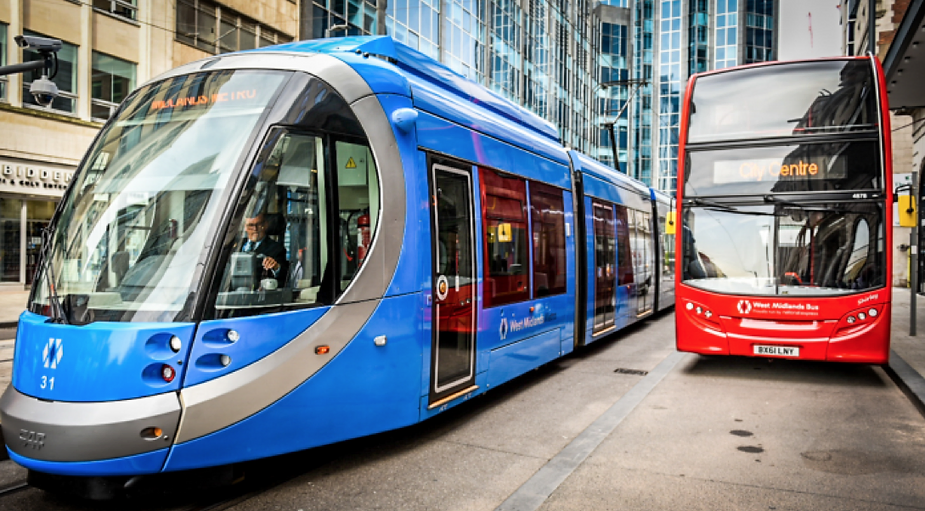
“For me it is all about doing lots of small things, this way it is so easy to practice sustainability in everyday life. We are creatures of habit, so by making lots of small changes to these habits, sustainability becomes a lifestyle rather than a practice. Of the 3 R's (reduce, re-use, recycle) the first, in my opinion, has the greatest impact to sustainability. The greatest effort I make is small changes to REDUCE what resource-heavy items (food, clothes, plastic) I buy, in particular single-use items. For example, rather than using cling-film/plastic wrap I use re-usable beeswax wrap or a lunch box. I use my own travel coffee mug, cup and water bottles which I use in order to reduce, even eliminate, my use of single-use disposable cups and bottles. And wherever possible I use my bike to get around – whilst here in the US I don’t have a car so I only commute by bike/bus” – Jenny
“By trying to recycle as much as possible and using a bike whenever I can. I also try to fly only when strictly necessary, giving preference to online meetings/conferences/etc.” - Jorge
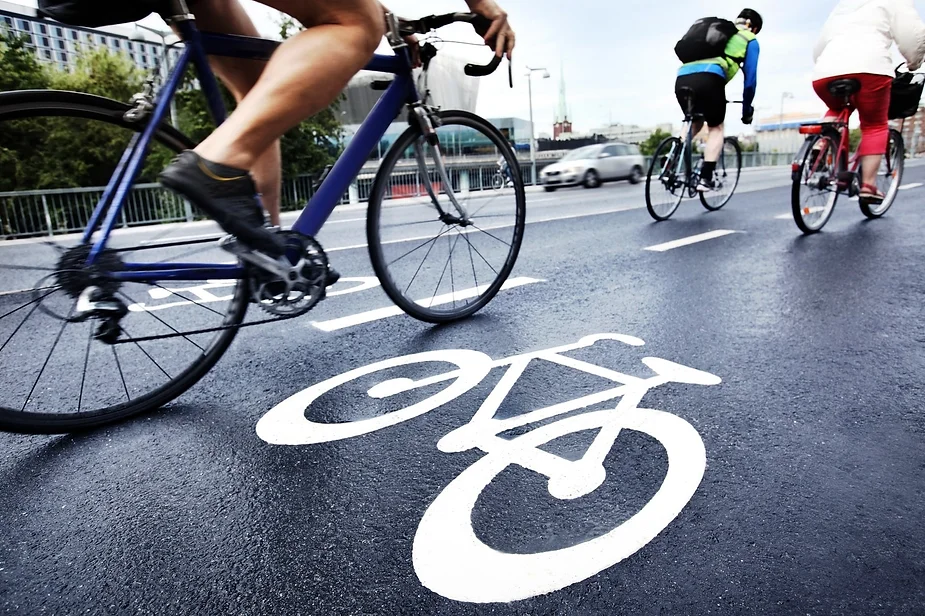
“I recycle as much as possible, minimize my use of plastic, and drive a Prius (Electric-Hybrid)” – Nat
“Maybe the main thing we do in our family is that we own an electric car that takes care of ~80% of our transportation needs. All daily commuting to work, school, training, kids activities,… happens in the electrical car. The fact that ~90% of electricity in Norway is generated through hydropower helps with keeping our transportation CO2-footprint modest I believe, although I am a bit concerned with the CO2 emissions generated through production of batteries and other high-tech components in the car. Second, we are quite strict about recycling household waste. On a day-to-day basis we split things up into; Plastic, Paper, Glass, Metal, Organic/Compost & Combustible. Of course, we also take care of toxic stuff like chemicals, paint, electronics and send it for recycling or proper destruction” – Ola
“Since 2011, I have been driving my all electric car, a Think City!“ - Jon
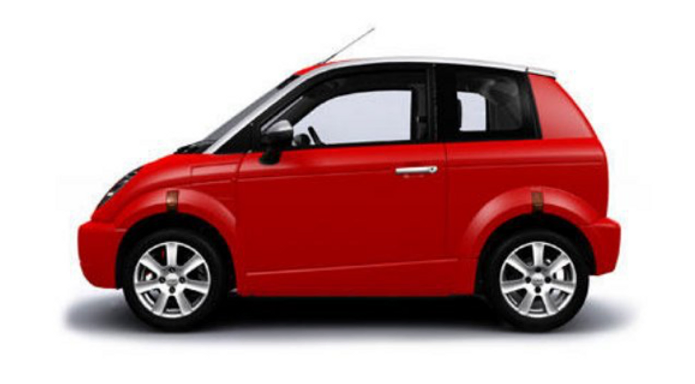
As you can see, MANY small habitual changes add up substantially! And you needn’t make them all at once. It is very difficult to overhaul the way you live. If you adopt some of these changes little by little you will have very quickly drastically reduced your carbon footprint!
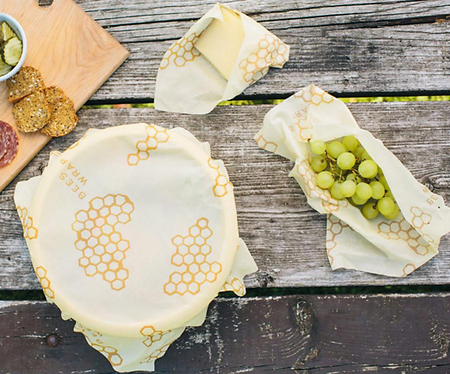
Challenge yourself to make one small habitual change every month. Some ideas for this:
- Get a reusable coffee cup & water bottle and have them with you to use every day
- Get a lunch box and make your lunch to take with you every day
- Use beeswax wrap/Tupperware rather than single use plastic wrap
- Recycle everything that you can – even if you don’t have local recycling collections you can recycle glass and cans at least by saving them up and taking them to a recycle bin.
- Challenge yourself to make as many of your journeys as possible by public transport or by bike
- Try swapping a weekly food shop to simply buying food as and when you need it (maybe even on a day by day basis) in order to reduce food waste through rotten, unused food.
- Be a CONCIOUS CONSUMER
What does it mean to be a conscious consumer?
It means taking careful consideration about what to buy.
“Typically, this means asking myself two questions: 1) Do I really NEED this product? and 2) Has this product been made in an ethical, environmentally friendly and sustainable way the entire way through the production chain? If the answer to either of these questions is 'no' then I try not to support the company producing it by giving them my hard-earned money. Of course, this is very difficult to do ALL the time - I certainly don't manage to stick to these principles all the time. Sometimes I am in a rush while shopping, for example, and the convenience to just pick up what I need means I don't stop and look at the label to see such information, or look for the same vegetable that isn’t wrapped in all the plastic and travelled across the globe to be here” – Jenny
And even when you do stop to think about these things many times it is almost impossible to get information about the entire production chain of an item in a store (though sites such as Follow the Things are a good place to start). But like all the small, habitual changes… even if you can only manage to be a CONSCIOUS CONSUMER half of the time it is much better than never!
Some changes are more difficult to make than others. Your diet, for example. Going completely vegetarian is quite a drastic change. But you could still make a huge difference simply by reducing the amount of meat you eat. AND making conscious decisions about what meat to buy: small-scale, local farm produce (think free-range, outdoor-bred, grass fed) has a MUCH lower carbon footprint than large-scale agrobusiness produce that may well have travelled half way round the world to end up at your supermarket – and its much better for you!
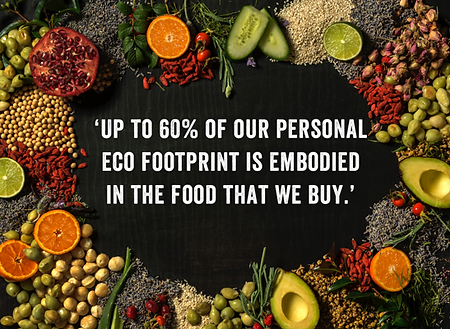
How to do this at home:
- Buy sustainably sourced (local) meat products.
- Try introducing meat-free days, or meat-free meals. Start with an achievable goal and keep building.
Other changes are expensive or inconvenient to make – and it just seems the whole system is designed to MAKE you choose the less environmentally friendly option. Flying is a great example of this. It is unlikely that you can remove the need to make a journey – mostly long-distance journeys are either for work or to visit loved ones. So then there is the choice to fly or use another, more environmentally friendly mode of transport (such as bus, or train). However, these alternatives are often more expensive and less convenient due to travel time.
For this example, you can at least look into the alternatives and whether it is possible for you to travel another way. You would be surprised how much of a difference just considering and thinking about this will change your behavior. If you do have to take that flight, consider a carbon-offset scheme.
But perhaps more than anything, think about what you can do to change this system (which is so environmentally unfriendly). And not just this system, but any system that does not act in a way that is environmentally sustainable. Each of us individually can make a huge difference in the small things we do. However, we also need societal scale change to occur. And guess what… YOU play a big role in that too. Who you vote for, where you spend your money… These things matter.